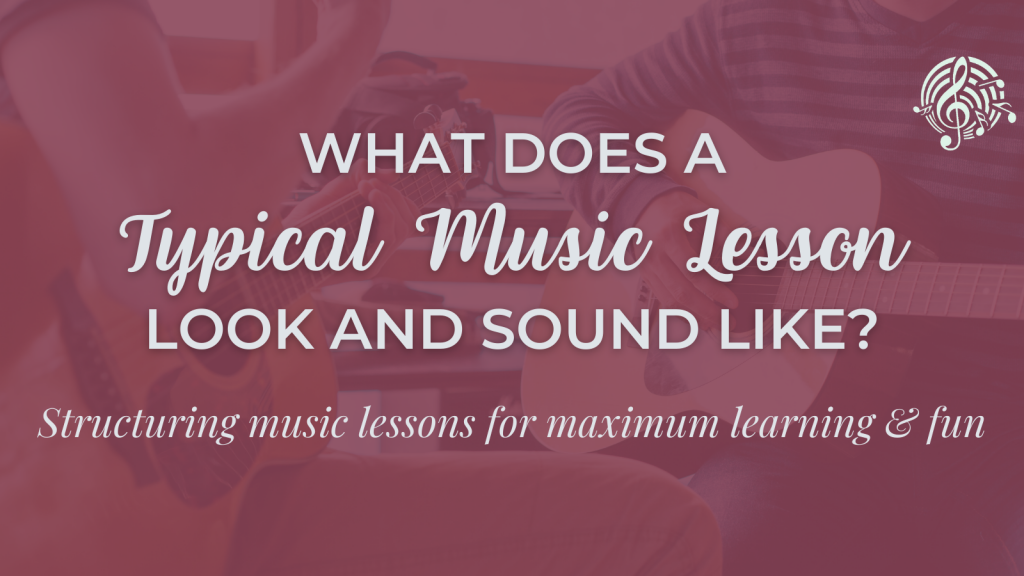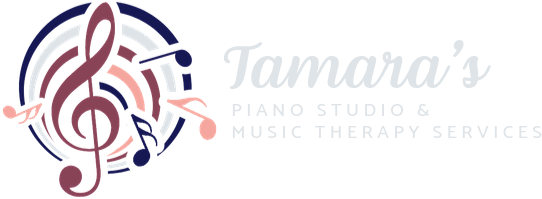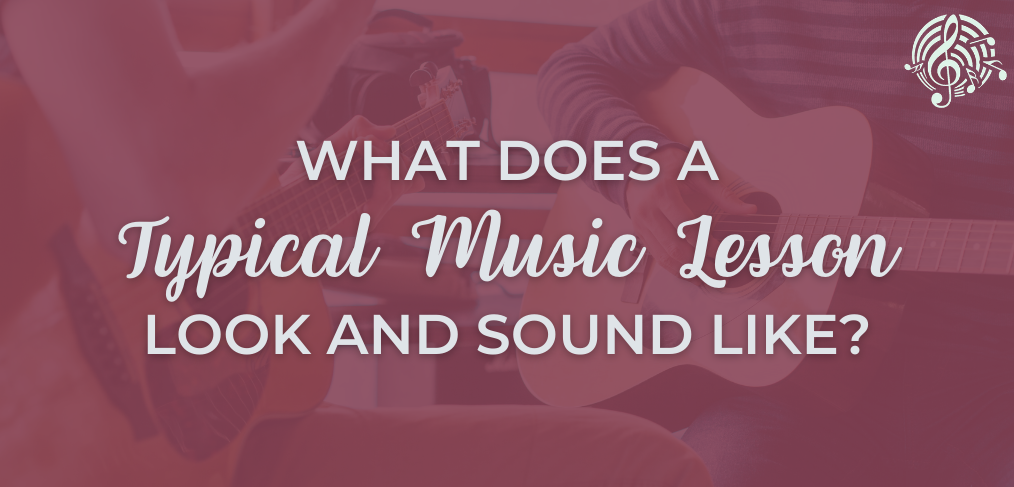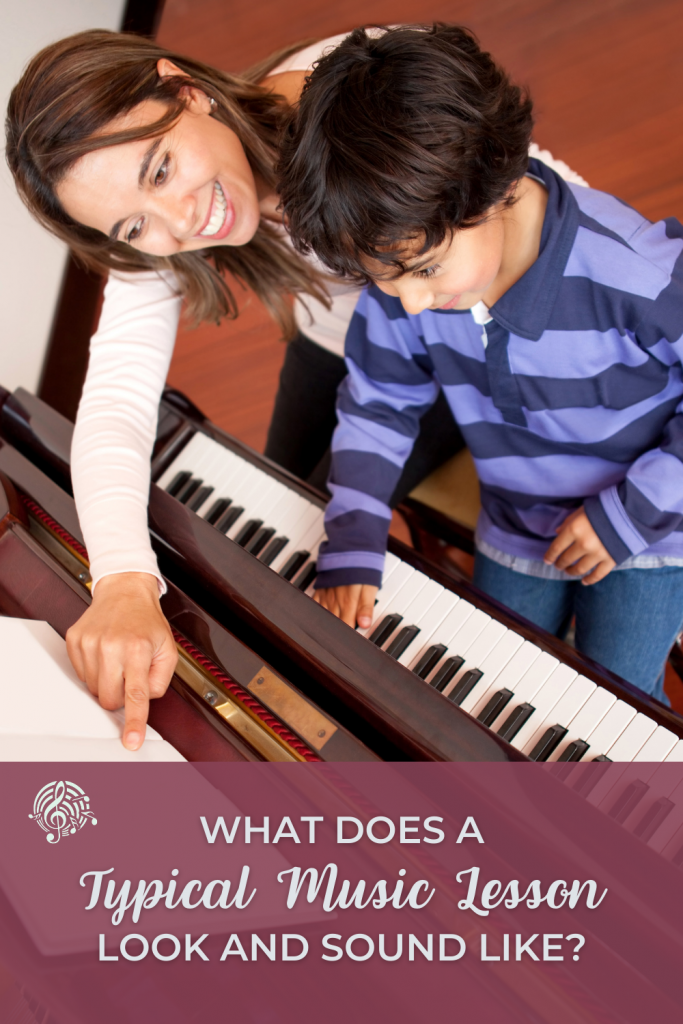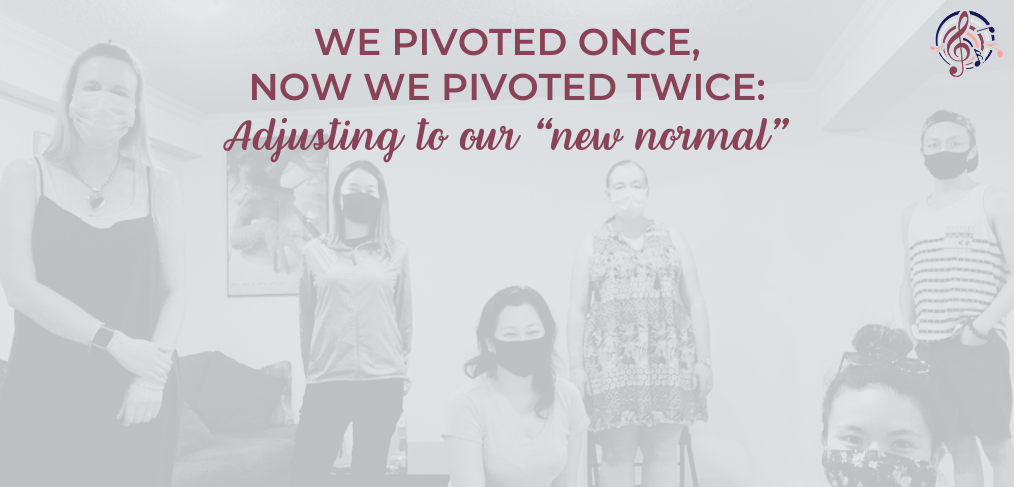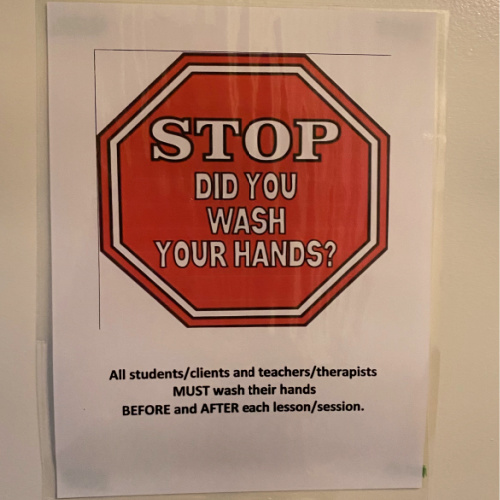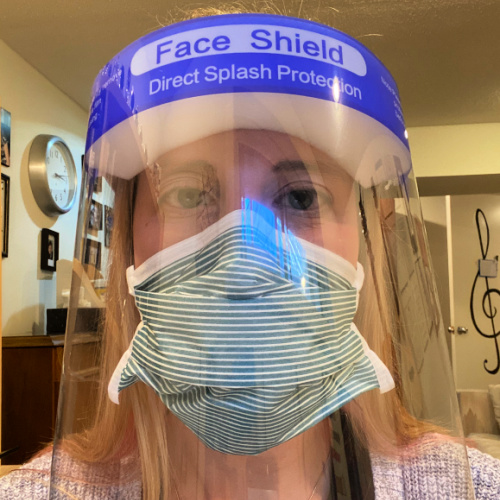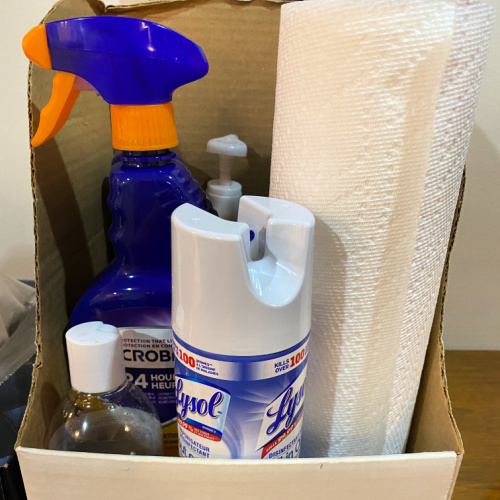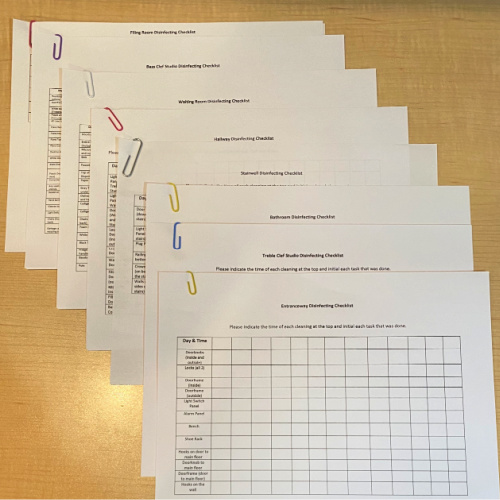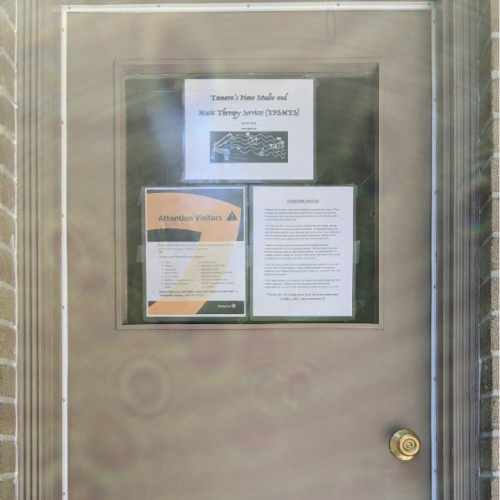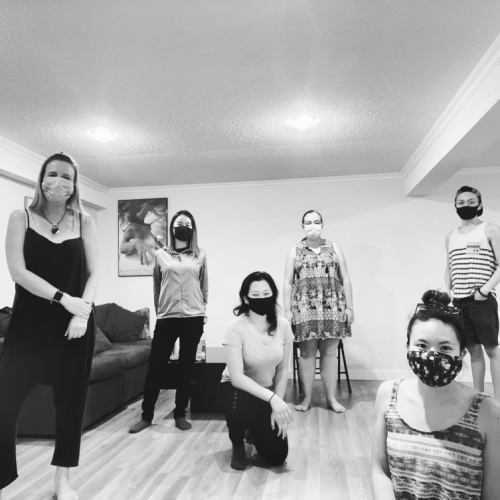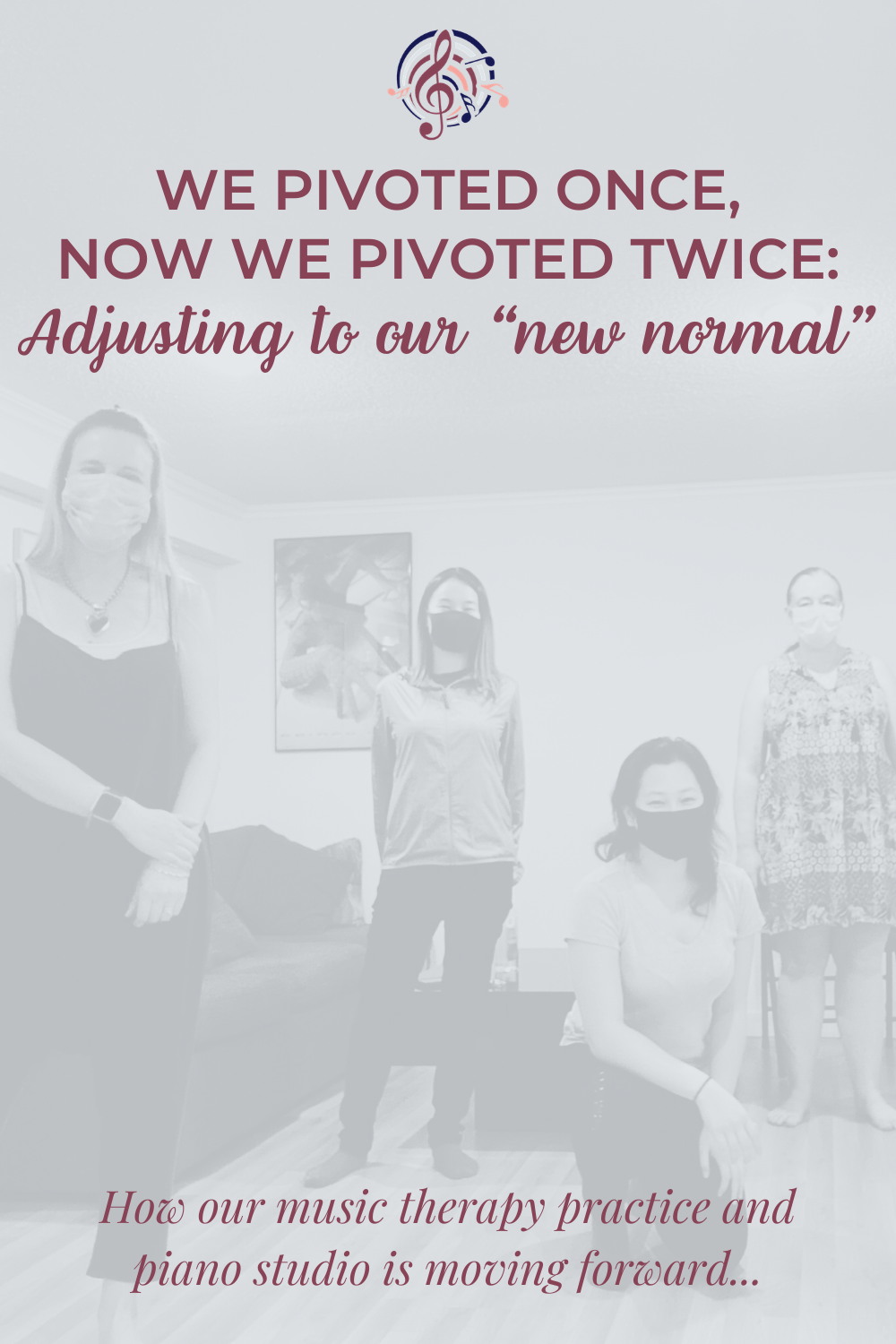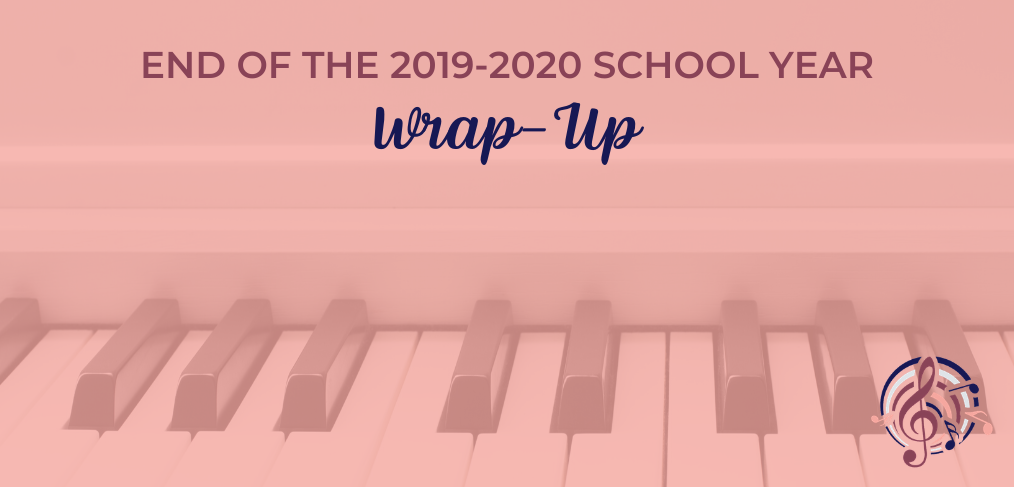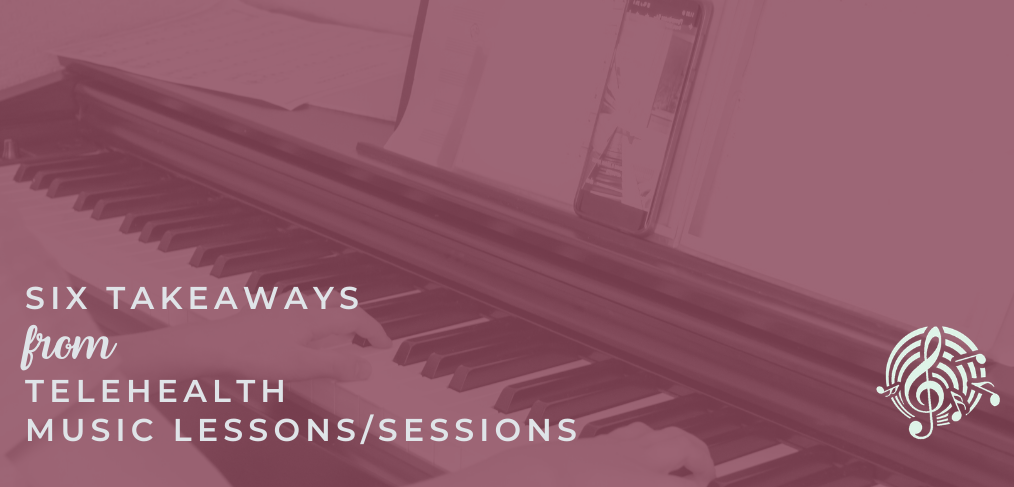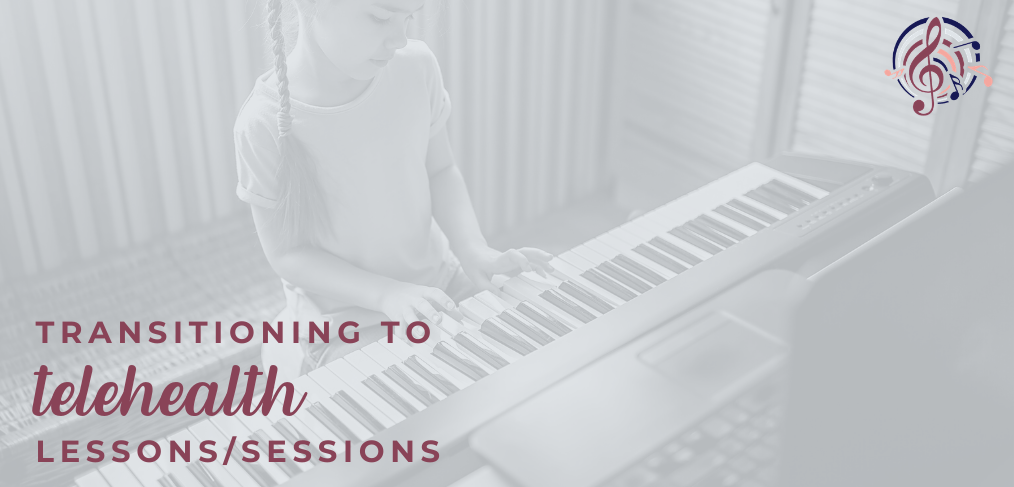There are many ways to organize a music lesson. There are some key components though that occur at most lessons. These include scales/technique, songs that are being worked on, new material, theory, downtime and often sight-reading and ear-training activities.
Music Technique
Some teachers start each lesson with technique – I don’t always do that. I tend to fit it in between songs. For many students, technique isn’t always fun to play, but it’s necessary. The technique exercises strengthen our fingers, help our hands move confidently around the keyboard, and encourage speed.
How much music?
For my students, I try to have 3-4 songs going at a time. One song that is fairly new, one that is getting close to being “finished” and 1-2 between those two! This gives a variety of levels of difficulty. The new song is generally the hardest. We don’t know it well enough to even hum it, it’s slow, and it doesn’t sound like much yet! The song that’s close to being finished is generally the easiest to practice. It’s comfortable, we can hum it, and we know when we are playing things correctly (or not!). The songs in the middle are just that. There are some parts that we know and still some new parts to learn.
New Material
New material can come in a couple different forms. Generally it’s the new parts of the songs. Sometimes it’s the addition of musical details – staccato, dynamics, other articulation. Either way it can be challenging! Sometimes I bring some completely different music to the lessons. This we call the “fun” stuff. It’s generally easier than the usual music so students get more immediate gratification – the song is finished quicker! This year, many of my students have learned Hallowe’en songs – something different to mix things up a little!
Music Theory
Theory is an important part of lessons. In the early years, it reinforces note recognition and timing, as well as dynamics and articulation. There are lots of books out there, but I prefer individual sheets. I used them to help with anything that is confusing or needs working on. I enjoy searching out themed sheets to use! It makes it seem more fun!
Downtime & Exploration
Downtime is a surprisingly important part of the lesson. Most students need a few minutes in between songs or after every couple of songs to give their brains a small break. Sometimes it’s chatting about what’s happening in their world, sometimes it can be a music game. Other times, it looks like playing their instrument creatively. For example, listening to how the piano sounds with the pedal down, playing high or low notes, or making “mystery” chords.
Sight-Reading & Ear-Training
Last is sight-reading (working on reading unfamiliar music so students can strengthen their note-reading skills) and ear-training (connecting what we see on the music to how we hear it). Both are extremely important for building a musical foundation.
Each lesson generally follows a predictable format so students know what to expect each lesson. We fit a lot into those lessons every week. We aim to have fun as much as possible while working hard.
As always, lessons are tailored to the particular students’ strengths and needs to ensure a positive and rewarding musical experience! If you or someone you know would benefit from music lessons, you can learn more here.
